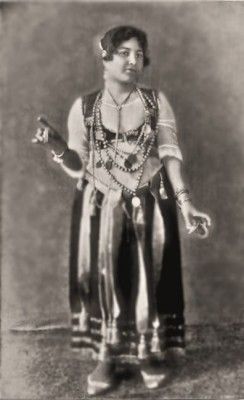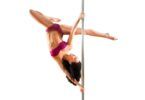What is the exotic dance, and how did this captivating art form begin? The term “exotic dancer” often evokes images of sensuality, artistry, and cultural expression. This article explores the origins, tracing its journey from the Hoochie Coochie dance of the late 19th century to the modern fusion of Pole Exotic Style.
The Origins of Exotic Dance
| Era | Influence | Key Figures | Notable Developments |
|---|---|---|---|
| Late 1800s | Hoochie Coochie Dance | Little Egypt | Belly dancing introduced to the U.S. |
| 1920s-1930s | Burlesque & Striptease | Crystal Starr, Tempest Storm | Introduction of theatrical elements & props |
| 1940s-1950s | Nightclub Performances | Gypsy Rose Lee | Further glamorization of striptease |
| 1970s-1980s | Exotic Dance Clubs | Fawnia Mondey | Pole dancing emerges as a popular form |
| 2000s-Present | Pole Exotic & Contemporary Styles | Pole athletes, artists | Integration of acrobatics, fitness, & sensual movement |
A Glimpse Into History
The meaning of exotic dance is rooted in cultural traditions that combined sensuality, rhythm, and artistry. From belly dancing in the Middle East to cabaret performances in Europe, this form of movement has long been celebrated for its expressive and fluid nature.
The Birth of Hoochie Coochie
In 1893, the Hoochie Coochie dance made its debut at the World’s Columbian Exposition in Chicago. This mesmerizing performance, featuring hip isolations and rhythmic movements, was introduced by Middle Eastern dancers and quickly gained attention.
The term “exotic” was used to describe these dances due to their unfamiliar style and foreign origins. However, these performances would later influence modern striptease and burlesque shows.
The Influence of Hoochie Coochie on Exotic Dance
Farida Mazar-Spyropoulos aka Little Egypt
One of the most iconic figures in the early history of exotic dance was Farida Mazar-Spyropoulos, better known as Little Egypt. She became famous for her belly dance performances, which were accompanied by the now-famous “Snake Charmer Song.”
Her performances helped popularize sensual dance movements in the United States, influencing future generations of dancers.
From Hoochie Coochie to Striptease
Soon, Hoochie Coochie would become synonymous with Exotic Dance, causing the admiration of men and the envy of their spouses. This new dance quickly spread across America until the beginning of 1900, fading out with time, several decades later, giving its place to more sensual spectacles such as Striptease.
After the appearance of Fatima at the International Fair of Chicago, many dancers adopted the nickname Little Egypt and toured the United States performing some variations of this dance.
One major addition was the pole, which became an essential part of exotic dance, leading to the development of striptease and modern pole dancing.
Notable Figures: In the 1940s and 1950s, Crystal Starr and Tempest Storm became pioneers of the burlesque movement, perfecting the art of sensual performance.
Pole Exotic Style
The Sensual Fusion of Pole and Exotic
Over time, This unique form of movement continued to evolve, blending with pole dancing to create the Pole Exotic Style. This modern form merges the strength and grace of pole dance with the sensual movements of traditional exotic dance.
Performers today incorporate elements of:
- Ballet and contemporary dance
- Acrobatic pole tricks
- Slow, fluid movements inspired by burlesque
This fusion of athleticism and artistry has helped exotic dance gain mainstream recognition as a legitimate performing art.
Preserving the Exotic Dance Meaning in Modern Culture
Today, exotic dance is no longer confined to strip clubs—it is celebrated in studios, competitions, and fitness communities worldwide. Whether performed for entertainment, self-expression, or empowerment, it continues to push boundaries and captivate audiences.
Did You Know? Many modern pole dancers and exotic performers advocate for the recognition of pole dancing as a sport, emphasizing its technical skill, strength, and artistic value.
Final Thoughts
From the Hoochie Coochie dancers of the 19th century to the Pole Exotic Style of today, This unique form of movement has transformed into an artistic and empowering movement. By honoring its rich history and cultural influences, we continue to appreciate the depth and beauty of exotic dance as an evolving art form.
References:
- Elizabeth Lyden. “Pole Dancing is a Sport Not a Strip Club Striptease.” Policymic.com. September 2011. Web. 14 April 2013.
- http://diaryofawrinkle.com








